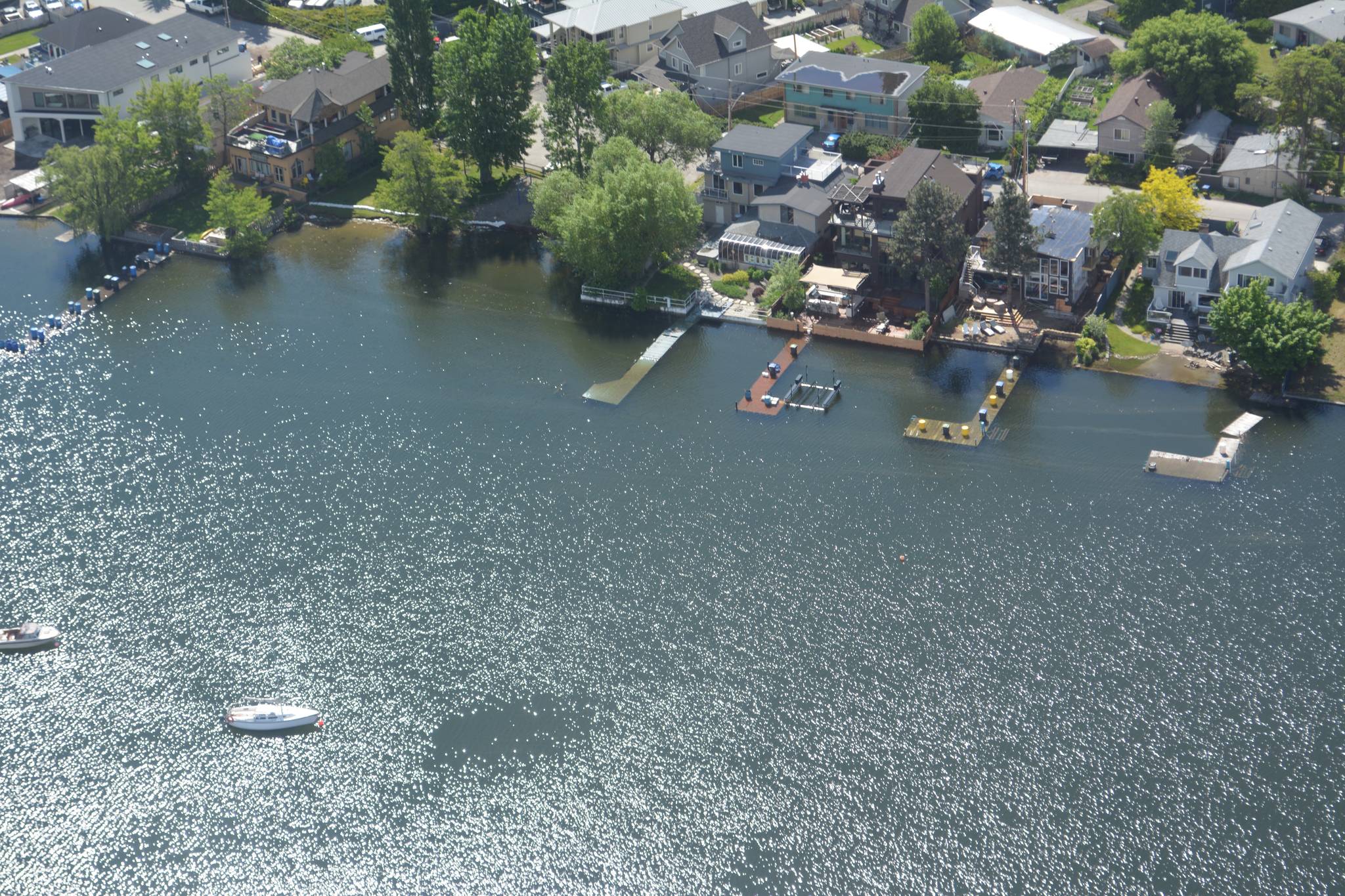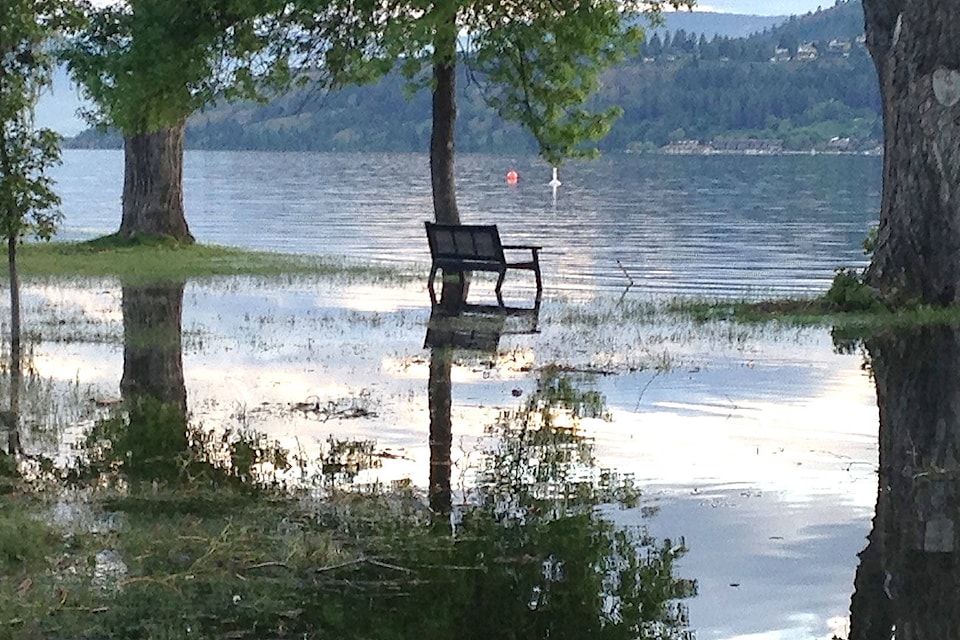The level of Okanagan Lake is not the only thing rising due to flooding in the Central Okanagan�㽶��Ƶֱ���so too is the cost of fighting the floods.
And the cost is rising faster the water.
The director of the Central Okanagan Emergency Operations Centre said Monday the cost of dealing with the flooding�㽶��Ƶֱ���including a myriad of prevention measures throughout the area�㽶��Ƶֱ���now stands at an estimated $6 million, more than double what it was just two weeks ago.
Ron Mattiussi said most of that money has come from the province through Emergency Management B.C. as a result of requests for assistance made by the EOC.
While the centre is being manned on a rotating basis by officials from local municipalities, the regional district and the Westbank First Nation, Mattiussi said requesting additional expertise from the province has been contemplated.
Two weeks ago, when regional district administrator Brian Reardon was the EOC director, he said the cost of the public response to the flooding was an estimated $3 million, a figure that did not include the amount residents themselves have paid to protect their properties.
On Monday, Mattiussi and other EOC officials announced a new high water benchmark that that is being used for planning the flooding response�㽶��Ƶֱ���344.1 metres. The new figure includes the predicted level of 343.5 metres that they expect the lake to rise to over the next few weeks, plus an additional 60-centimetre barrier being used to account for possible wave action that could be whipped up by strong winds.
Mattiussi said working with environment experts, the EOC now believes the lake level will peak in height around June 17 but will remain high for several weeks after that as only a limited amount of water can be released daily through dams at its south end.
Brent Magnan, the director of advanced planning at the EOC said, mapping has been prepared showing all the low points along the lakeshore as officials plan for what they say will likely be the next flood-related concern, seepage of ground water given the rising water table along the lakeshore.
In many areas that has already started, with basements flooding to various degrees on both sides of the lake. With a normally high water table near the lake in many parts of the area growing as a result of the higher lake level, water is being pumped out of basements and Magnan said more of that should be expected.
The public is being urged not to pump water into the local storm water systems or municipal drains, as that will simply add to the amount of water that needs to be pumped out. Instead, the public is being asked to pump water onto natural areas, lawns and others naturally absorbent areas.
On Monday the lake level was reported as 343.246 metres, but with rain in the forecast for later this week and into the weekend, the EOC said there is the potential for that number to rise sharply. Forecasters say as much as five to 10 millimetres of rain per day could fall.
With 30 per cent of the higher elevation snow pack still to melt, a slight respite from the recent hot weather would be welcome but, if replaced by rain, that could cause more problems.
Meanwhile, local government crews and B.C. Forestry personnel have been deployed to inspect existing flood protection following the recent high winds to check damage and shore up protection where needed.
For more information about the flooding the local response, go to cordemergency.ca.




